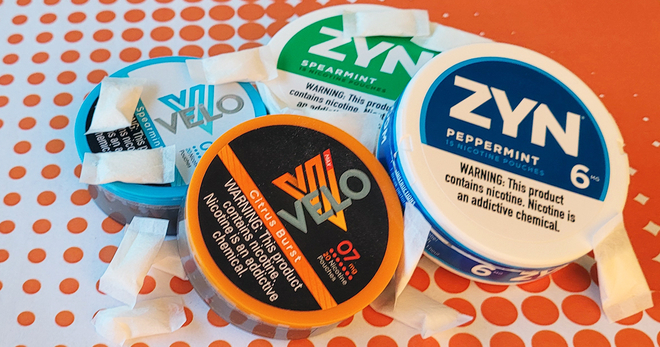What should educators do if they catch students vaping at school?
As students attend school amid an ongoing youth e-cigarette crisis, it is important that teachers and administrators know how to respond if they – or their school’s vape detector – catch students vaping nicotine.
Schools play a central role confronting and addressing youth tobacco use, but recent Truth Initiative research shows that many educators don’t know what to do when students violate smoke- or tobacco-free policies and use tobacco products on campus. More than 2.1 million youth currently use e-cigarettes, according to the 2023 National Youth Tobacco Survey.
Here are suggestions for how best to address student tobacco use at school, informed by our report Discipline Is Not the Answer: Better Approaches to On-Campus Student Tobacco Use.
Respond to students who vape with support, not punishment
vaping in school consequences
Teachers surveyed by Truth Initiative reported that student vaping has led to frequent class interruptions and decreased student focus. These incidents may be frustrating for educators, but it is important that schools respond to tobacco violations with a supportive approach. Nicotine is addictive and can impact the developing brain and a well-funded industry pushes its products into young people’s hands.
Truth Initiative does not support suspension or expulsions from school as a punishment for tobacco use, including vaping, on school grounds. Suspension can cause even more problems at school, leading to lower test scores and graduation rates, among other poor outcomes. As an organization committed to equity and inclusion, we also note with concern that there are serious differences in how suspension and expulsions are used, with Black, Latino, and students of other minorities being much more likely to be suspended or expelled.
Introduce all students to vaping prevention and quit programs
how to stop vaping in school bathrooms
The best way to help young people not use tobacco on school grounds is to help them stop using tobacco. Punitive measures will not help students quit. Students who violate tobacco policies should be approached in a supportive way that focuses on encouraging them to quit using tobacco products.
Vaping: Know the truth – developed by Truth Initiative and Kaiser Permanente in collaboration with the American Heart Association and available for free through the leading social impact education innovator, EVERFI – is a national youth vaping prevention curriculum for high school and middle school students that gives young people the facts about e-cigarette use and provides resources to quit. This online program was developed to be a positive, modern approach to guide teachers and educate youth about these products and their risks. It is intended to be used in the classroom for all students. It is not intended as a remedial program or a punishment for those caught vaping or using other tobacco products on school grounds.
Schools should also refer students who indicate they want to quit using tobacco to services that can help them succeed. This is Quitting, the first-of-its-kind, free and anonymous texting program from truth, is designed to help young people quit vaping and has become a resource for over 660,000 young people. The program incorporates messages from others of the same age group who have attempted to or successfully quit vaping. A randomized clinical trial found that young adults aged 18-24 who used This is Quitting had nearly 40% higher odds of quitting compared to a control group. A second clinical trial proved that This is Quitting is not only successful in helping young people quit vaping, but also in ensuring that they don’t later use combustible tobacco products in place of e-cigarettes.
More in emerging tobacco products
Want support quitting? Join EX Program
By clicking JOIN, you agree to the Terms, Text Message Terms and Privacy Policy.
Msg&Data rates may apply; msgs are automated.


